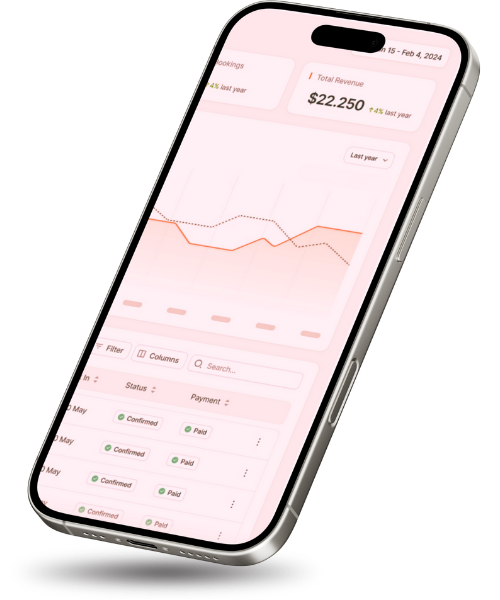Rate Fences
What is the meaning / definition of Rate Fences in the hospitality industry?
Rate Fences are rules that apply to rates. Meaning that to book a certain rate, there will be specific conditions that will apply to your reservation.
If a hotel discounts a standard rack rate for a specific time period (i.e. flash sale) it usually aims to attract new clients who maybe would not be willing to pay a standard rate. However the hotel doesn’t want to offer the same discounted rates to a customer who is willing to pay the standard rate. Therefore, what the hotel can do is to put so called Fences ‘around the special offer rates’ to protect/ justify the non-discounted rates against existing clients (guests who have already booked at a normal rate can´t ask for a discount anymore).
Hotels use rate fences as part of their yield strategy and to optimize their revenue results.
There are different scenarions in which you can use fenced rates::
- High demand period
- To protect inventory from selling out to fast during a high demand period.
- To avoid many reservations with a short stay, and generate more longer stay through reservations.
- To avoid loss of revenue from lastminute cancelation risk, i.e. during citywide events, and not being able to resell the rooms.
- Low and medium demand periods
- Launching discounted offers to increase demand potential, but with conditions protecting the exisitng demand from being diluted into lower rate levels
- Targeting specific niche markets (i.e. senior citizens, or membership rates)
- Promotional campaigns via targeted channels (i.e. flash sales).
Examples of Fences are: advance booking cutoffs or non-refundable payments.
We can also classify Fences in the following categories:
- Geographic fences to target a specific, new market, Time-of-purchase fences, for example early bird bookings, targeting people who are booking way ahead their arrival in the hotel.
- Distribution channel fences. This might be a bit problematic since most hotels practice rate parity to participate in the OTA programs. A good deal with a particular OTA in exchange for exclusivity could be an example.
- Opaque channel fences. Wholesaler packages or platforms like Priceline are examples here of. The identity of the hotel is not transparent to the customer until after they make the purchase or, in the case of the package, the exact hotel rate is ´hidden´ in the package.
- Product fences. Can be discounts for specific rooms which don´t sell good in order to promote them.
See also:
Synonyms
- Rate Fences
* Hotel Terminology Glossary by Xotels Revenue Management Consulting

Share This Story, Choose Your Platform!

About the Author:
As CEO and Founder of XOTELS, Patrick Landman has made it his mission to turn hotels and resorts into local market leaders. XOTELS´ diverse expertise and deep-knowledge across revenue management consulting, hotel management, and hotel consulting, enables us to drive results for independent boutique hotels, luxury resorts, and innovative lodging concepts. Below you will find opinion articles written by Patrick Landman.


